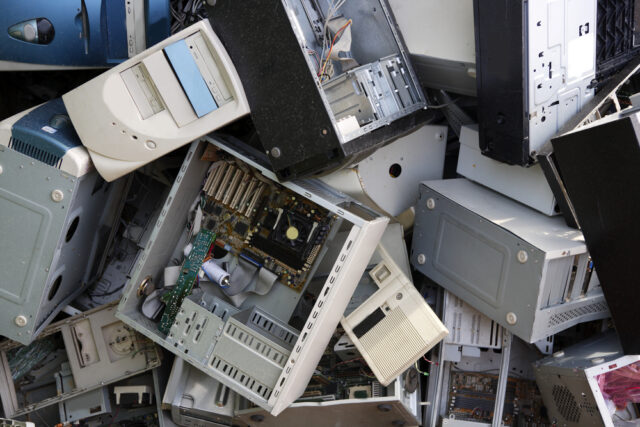Unnecessary replacement of hardware leads to higher costs and growing waste problem

More than three quarters (77 percent) of IT decision makers say that their organization has a fixed time frame for replacing hardware. 14 percent replace every year, 30 percent every two years and 33 percent every three years.
A survey of 400 US and UK decision makers from Scalable Software suggests this leads to unnecessary upgrades and increased costs and can also have a negative environmental impact.
The 2024 UN Global E-Waste Monitor finds that the generation of e-waste worldwide is rising by 2.6 million tonnes annually, and is predicted to reach 82 million tonnes by 2030.
"There's no reason to send perfectly functional devices to landfill based solely on their age. There are quick and easy steps organizations can take to make a sustainable difference to the planet. By using data, IT leaders can move away from a blanket replacement policy -- creating tailored tech refresh cycles that are both employee-centric and reduce electronic waste," says Mark Cresswell, co-founder of Scalable Software. "Many organizations now have policies on sustainability. An important step towards meeting these goals is being smarter about innovation."
The report suggests Digital Employee Experience (DEX) analytics enables an employee-centric approach that aligns tech refresh cycles to the needs of the employee rather than relying on arbitrary time frames.
"While timely hardware replacement can ensure employees have access to the latest tech, it can contribute to a growing electronic waste problem when devices are replaced unnecessarily," adds Cresswell. "By applying Digital Employee Experience data, ITDMs can implement sustainable practices -- ensuring technology refresh cycles are efficient and sustainable, and most importantly, are aligned with employees' needs."
You can find more about the importance of DEX on the Scalable site.
Image credit: lunamarina/depositphotos.com
